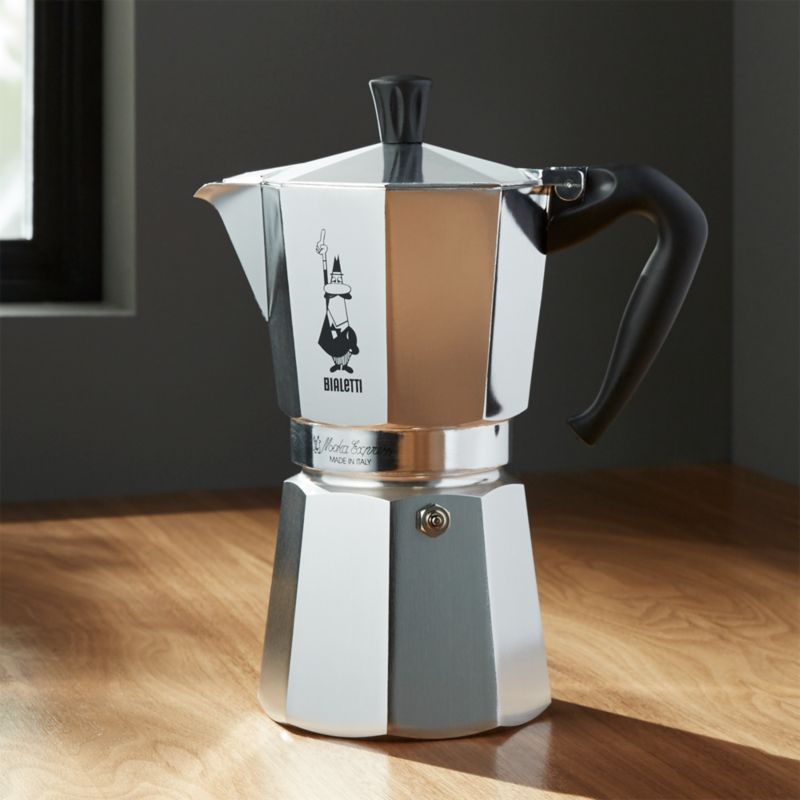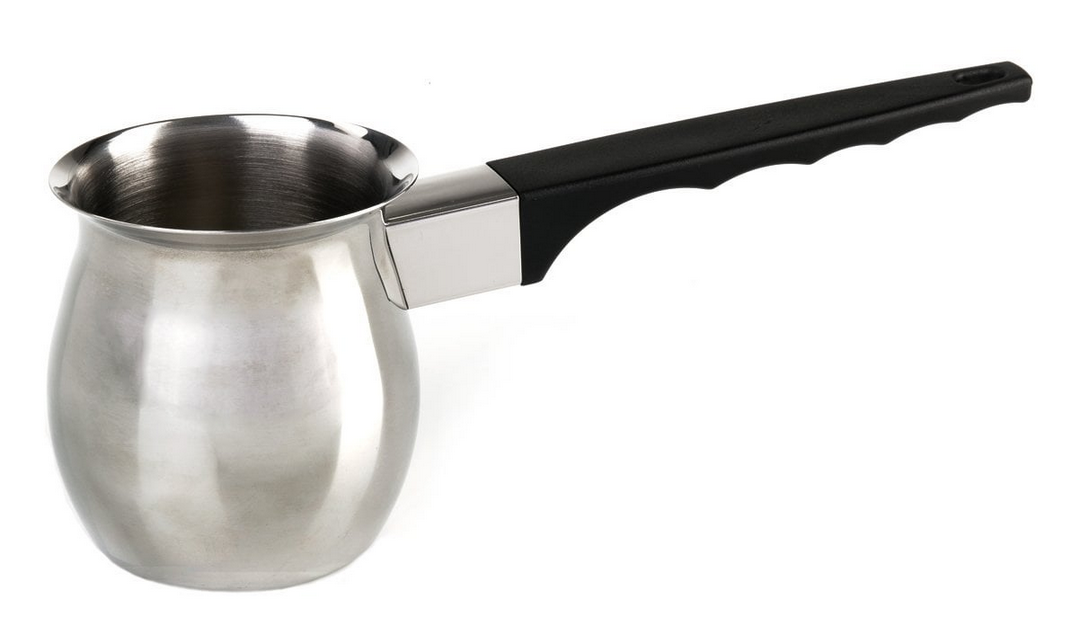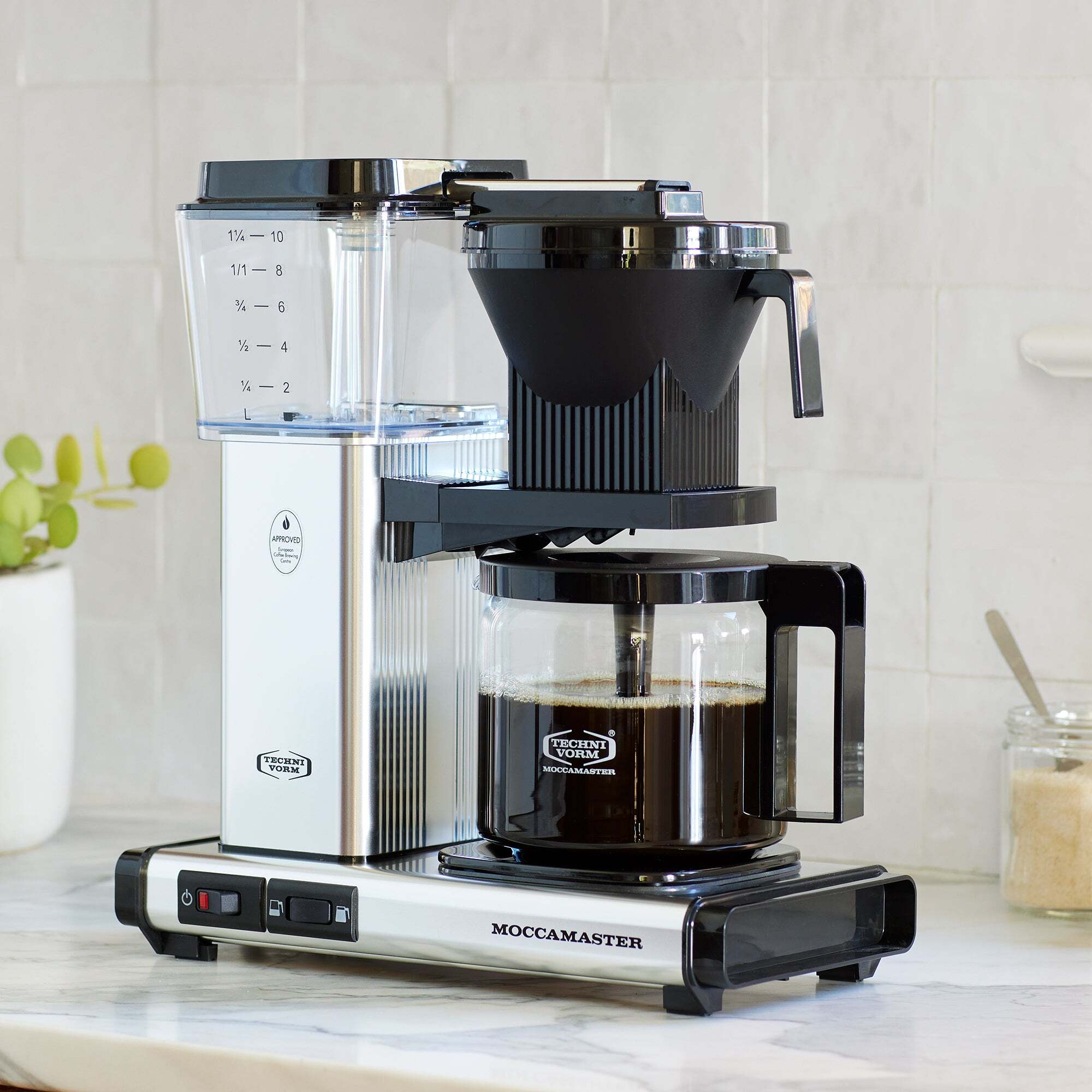- cross-posted to:
- linuxmemes@lemmy.world
- cross-posted to:
- linuxmemes@lemmy.world

Slackware
As simple as Arch, but more stable.
The design is almost 100 years old and doesn’t need daily filter updates.Me too. And a lot of chatter (how are people managing to burn the coffee!?). Classic. Stable. Easy to maintain. Need to take care to get the best results.
But also it burns the coffee
Only when you use it wrong.
That sounds an awful lot like the blaming the user. Maybe it really is the slackware of coffee.
It’s easy to blame the user when they don’t bother to read the manual or follow basic instructions.
So it burns the coffee.
I can’t imagine how you burn coffee with a mocha pot.
Like, you’d have to go out of your way and intentionally try to burn coffee with it.
It does not. A regular percolator does, as it circulates the coffee back into the boiling water, unlike a moka pot, where the finished coffee does not sit at the bottom close to the heat, but in the top compartment. You should take it off the stove as soon as it’s done to avoid getting the finished coffee back to a boil or overextracting the coffee but if you do it right, they make really good coffee. There are even some versions that feature a valve, so the coffee is cooked at a higher pressure, getting it a little closer to espresso and producing a nice –albeit short lived – crema.
Hell, mine made crema on the first try. I probably over-pressed the coffee though.
I really like the mocha pot, but I’m a cappucino fan - if only there were a simple way to steam milk. I even have a Bellman, but it takes forever to build up pressure.
You shouldn’t press the coffee in a moka. Leave it as fluffy as you can
Ye, I didn’t know that when I first tried it. Oops!
Just a happy little accident
Tbh confused how you even managed to burn the coffe with this, as it is just evaporating water that filters through the coffee above - like did you put the coffee in the bottom part? 🤔
I haven’t experienced this, but from what I hear if you start with cooler water in the bottom and have the heat set too high, you can overheat the pot and the grounds before the water comes to temp to actually brew.
The few times I’ve used my moka pot I’ve preheated the water in a kettle so it gets to brewing faster (based on coffee people recommendations online.)
I use refrigerated filtered water in mine. Maybe I just don’t set the heat too high though? I use a coil stovetop and put the knob around 7.5/10. Coffee takes 7-8 minutes after I turn it on.
This is the correct way to do it.
Boil the water first, pour it in the bottom, place coffee in section on top, screw on top part, heat till it brews out the too, then remove from heat as soon as it’s done.
I’ve used a moka pot nearly every day for 10 years, never burned my coffee with it. I’m not even sure how you’d do that unless you just completely ignore it when it’s done and leave it on the stove forever.
Do these work ok on a glass top stove?
Yes. Although I recommend getting the stainless steel version. It can work on anything even an induction hob. It’s the one I take travelling.
Yes
I use this:

Except my stove top is electric.
I use LinuxMint by the way.
As a fan of Arabic Coffee openSUSE would be the closest equivalent. It can be simple or sports car depending on sourcing and hardware.
Mint is more like instant coffee. Fast, easy, with little hardware required, and comes in a variety of prepackaged flavors.
Thank goodness poor openSUSE got some coffee here
That’s just pretentious, man. You do that for the musafir but there’s no way you use that impossible to clean cezve on a daily basis.
Here, use this:

A teaspoon for every little cup of water. Heat it fast until it simmers, stir like crazy for two minutes, pour, then let it froth slightly, then pour again.
I use Arch and Debian depending on what I think is easiest.
القهوة العربية مع الهيل؟
That’s the best.
I prefer mine with chocolate actually, but I do like Arabic coffee with cardamom.
Fedora would be a French Press.
Reliable, consistent, hard to screw up, broad information online on how to use one.
That’s what I use, it’s so much simpler. And I only use the press because my wife refuses to buy me instant coffee, otherwise that’s what I’d drink, cause it’s so about ease for me. A press is easier to clean
Beware the diterpenes

Linux Mint (Moccamaster) it just chugs along and makes the best coffee possible. Fast and reliable.
$400 for a drip machine?
Must be a Mac user.
It does make good drip coffee though. But best drip coffee imo comes from pour-over, but that can be less convenient and consistent than an automatic machine.
Its not a drip machine though, it’s more like a Chemex that doesn’t require you to do the pouring.
Moccamaster is a drip machine. Not that there’s anything wrong with that, Moccamaster makes good coffee.
I know some hate this but pour over, this chemex thing and Moccamaster, it’s all drip coffee lol. Drip coffee just has a bad and cheap reputation so most avoid using those terms.
270€ on Amazon here, but you sure got a chuckle out of me 😁
1 litre of delicious coffee in 5 minutes is hard to beat though.
Moccamaster<3
I use debian btw
The analogy works well since its Debian-like, but way more awesome. The Moccamaster is great. As easy to use as a drip, but makes better coffee than the Chemex.
Why is this so accurate (even though I’ve tried many other distros and coffee makers)
I prepare my coffee in a cup, and drink it with grounds. No milk, no sugar.
I am an embedded developer.
Sometimes when I’m too lazy to boil water, I leave coffee grounds with cold water in a cup overnight, the coffee is strong enough in the morning, and no need to wait for it to cool.
You’ve discovered cold brew!
I never have time for waiting for the kettle to boil so I do this on the daily.
NixOS would be like brewing coffee with laboratory equipment and then setting it up for automation.
Well, dammit, now I gotta go try NixOS. Gee, thanks for sending me down the rabbit hole, like I have time for yet another one!
…in a container
The device you’re looking for is called a coffee syphon. Like this one from hario https://www.hario-canada.ca/products/hario-syphon-tca-2
What if I modded my Keurig to use coffee grounds instead of wasteful k cups? I use Manjaro btw.
you have four drip coffees and NO French or Turkish? no instant? no teas? laaaaaame. it was already lame with the computer nerd shit but LAAAAME. not even a fkin percolator?
?
Downvoted for lumping tea in with coffee. How dare you.
Looseleaf earl grey and 20 years of debian.
I guess french pressers use BSD.
I use a French press and Linux Mint.
CentOS would be an empty coffee tin that still smells like coffee.
Would drinking tea be a haiku user
Isn’t the coffee prep between Fedora and Arch the same?
Also what says it about me when I use those and the Ubuntu machine?
Oh… Yeah my raspberry and my server run Ubuntu.
My surface uses Fedora
And my computer uses EndeavourOS.
Yeah that checks out.
The jug is bloat
Filtered directly into the mouth.
Fedora and Arch are both pour-over, which is a subset of drip coffee. Would be nice to pick distros that really show that family tree.
Can confirm. I’m a Debian user and use a Cuisinart grind and brew I’ve had for ages. It’s actually the second of two of the same model after the first broke following years of loyal service.
I have a Cuisinart grind and brew, which is pushing a decade old at this point. Love the thing and will replace it with something similar if it dies before I do. But, I use Ubuntu on my server and Arch on my desktop. So, not this meme fits, but it is funny.
I’ve been considering switching to Arch for my desktop. Is it worth it? Did you use anything else on desktop before switching?
BLUF: It’s been a mixed bag, but I would call it “worth it”.
I’ve used Ubuntu a bit before. That’s what my home server runs on and has for years. Granted, most of it’s functions live in Docker containers. I also used both Debian (via Kali) and Ubuntu at work (yes, I know Ubuntu is Debian based, but it’s also big enough to have it’s own dedicated ecosystem). I work in Cybersecurity and use Linux based tools for image acquisition, digital forensics and data recovery. Kali makes for a great “it just works” system to validate vulnerabilities and poke at a network. And, between a lot of tools targeting Ubuntu and frameworks like SANS SIFT, Ubuntu gets used a lot. I also supported several Red Hat based servers at work for various tools. I’m far from an expert on Linux, but I can usually hold my own.
In a lot of ways, Arch wasn’t an obvious choice for me. And I seriously considered going with Ubuntu (or another Debian based OS (e.g. PopOS)) at first. It’s worth mentioning that my primary use for my desktop is video games. So, that heavily effected my choices. That said, the reasons for choosing Arch ended up being:
- I have a SteamDeck and most of my games “just work” on it. With Arch being the flavor of Linux Valve is targeting, following their lead seemed like a good idea. I expected that a lot of effort to get games working on “Linux” would ultimately be focused on getting games working on Arch.
- I wanted a “minimal” system. I can be a bit of a control freak and privacy nut. I already self-host NextCloud, because I don’t want my pictures/data sitting on someone else’s computer. So, the “install only what you need” nature of Arch was appealing.
- I did do some testing of Ubuntu on my system and had driver issues (nVidia GPU) and some other problems I didn’t put the time into running down. In the end, it put me off Linux for a while before I came back to it and ran Arch.
One of the things I did, which was really helpful, was a “try before you buy” setup. I was coming from Windows 10. And, as mentioned above, gaming was my main use case. So, that had to work for me to make the jump. Otherwise, I was going to milk Windows 10 for as long as possible and then figure things out when it went EOS. So, I installed Arch on a USB 3.0 thumbdrive and left my Windows OS partition alone. I also mounted my “Games” drive (M.2 SSD) and installed games to that. It was still NTFS, but that only created minor bumps in the road. Running that configuration for a couple months proved out that Arch was going to work for me.
When it came time to fully change over, I formatted my Windows OS partition as ext4, setup the correct folder structure and rsync’d everything from the thumbdrive to it. So, everything was the way I’d had it for those couple months. I did have an issue that my BIOS refused to see the OS partition on the SATA SSD I used for my OS partition; but, that was MSI’s fault (I have an MSI motherboard). And that was resolved by changing where GRUB is located in my /boot partition.
Overall, I’ve been happy with the choice I made. Arch hasn’t always been easy. Even the Official Install Guide seems to come from a RTFM perspective. But, if you’re willing to put the time into it, you will learn a lot or you won’t have a functional system. And you’ll end up with a system where you can fire up a packet capture and have a really good idea of what each and every packet is about. As for gaming, so far I’ve had exactly one game which didn’t run on Linux. That was Call of Duty 6, which I was considering giving a go to play with some folks I know. But, Activision’s Anti-Cheat software is a hard “no” on Linux. So, I had to pass on that. Otherwise, every game I have wanted to play either had native Linux support or worked via Proton/WINE.











